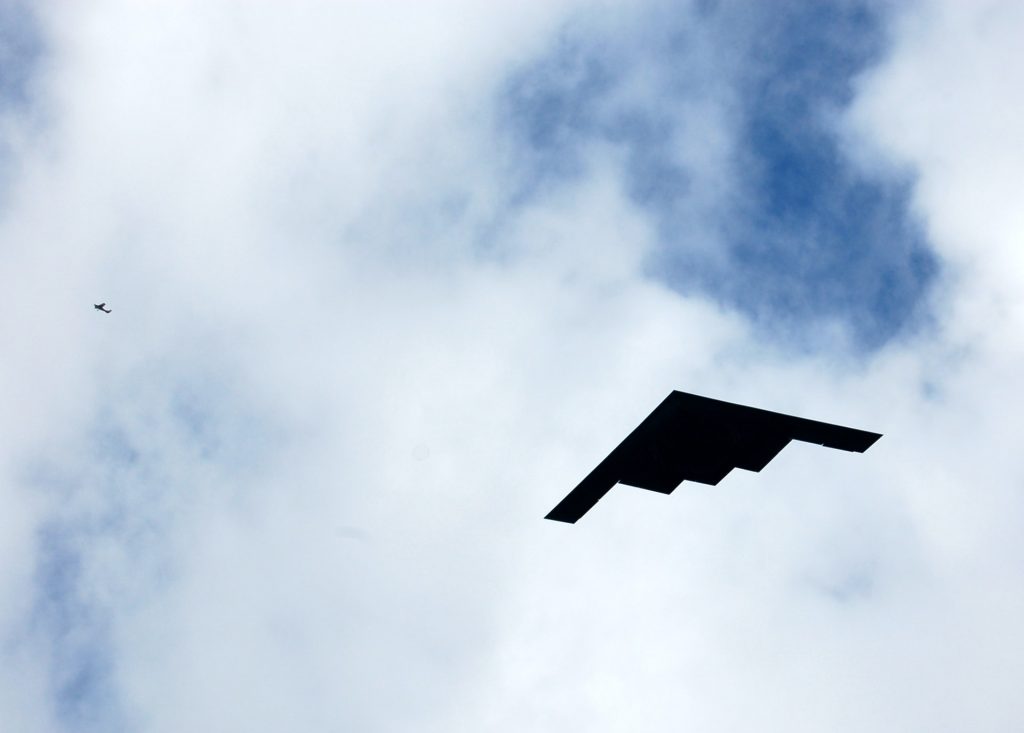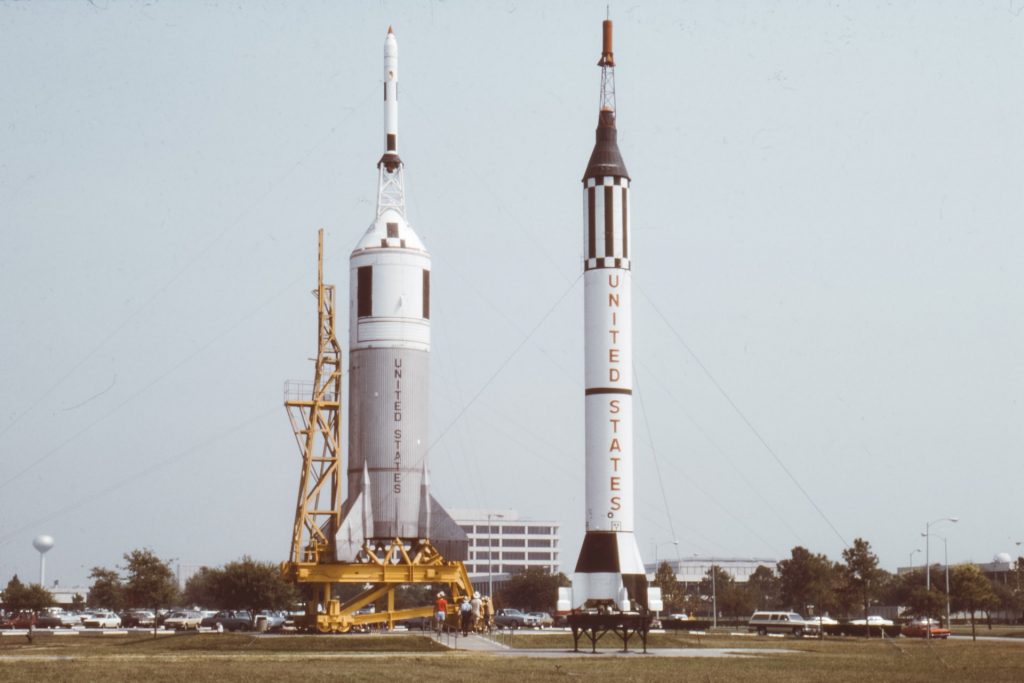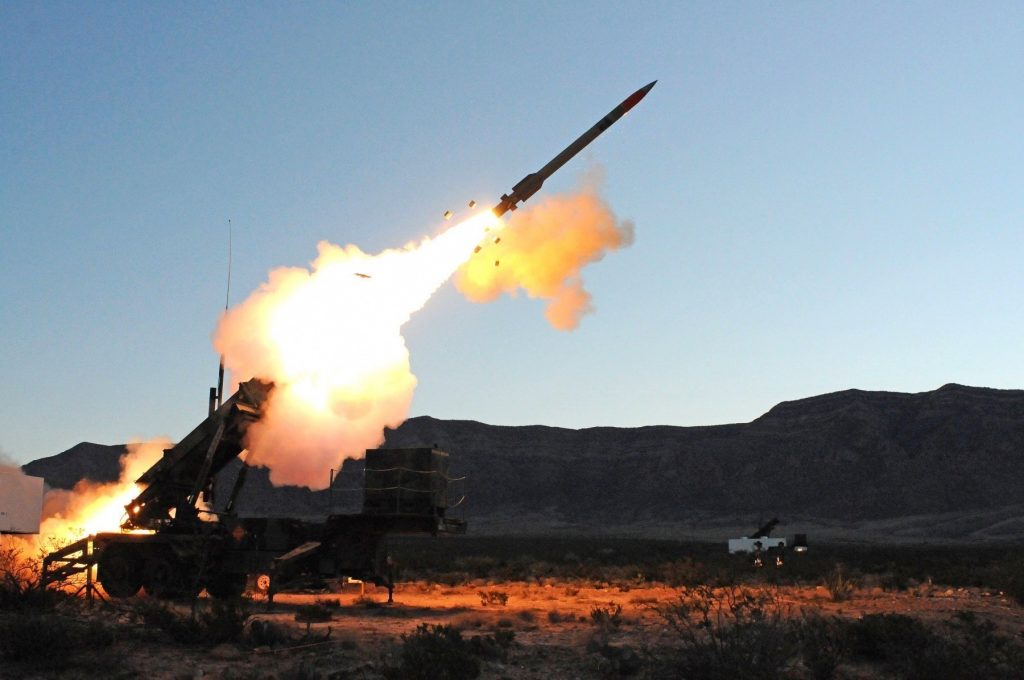When it comes to military might, America carries the biggest stick. But Russia and China – among other countries – are developing their militaries at an unprecedented rate. Late last year, Russian President Vladimir Putin announced a number of new weapons systems that he referred to as ‘invincible’. This includes Avangard, a new hypersonic nuclear weapon delivery system that is practically ‘invisible’. Similarly, China has made major strides to drive and flaunt some of the world’s most advanced weapon systems. The Asian powerhouse is turning up one aircraft carrier after the other and developing a whole range of medium and intermediate-range missiles and hypersonic weapons.
Despite these concerning developments, the US remains the world’s most formidable adversary – thanks in part to these weapons systems.
1. Ohio-Class Ballistic Missile Submarines
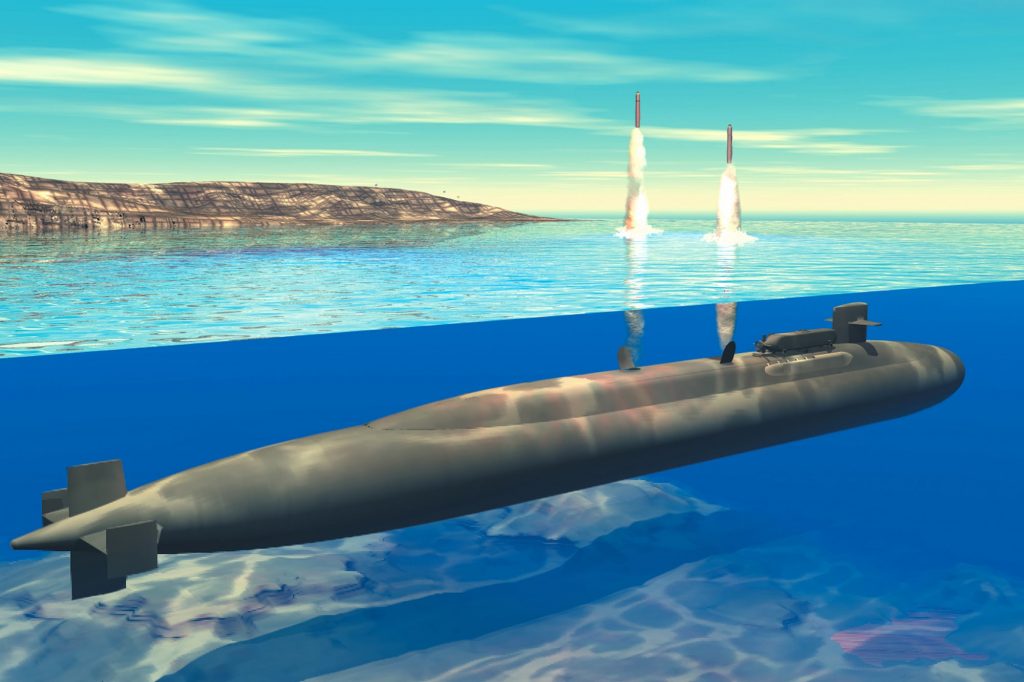
The Ohio-Class ballistic missile submarines are the centerpiece of America’s strategic deterrent. One of three components that make up the nuclear triad, these 14 submarines provide survivable and enduring nuclear strike capability that dramatically offsets the balance with Russia and China. Each of these submarines is sea-bound nearly 70% of the time. Each Ohio-Class submarine stretches 560 feet and weighs over 18,000 tons when submerged. The submarines carry 24 ballistic missiles (each) and 4 MK48 torpedoes. There’s no point going into the details about how precise these weapons are, and what damage they could cause.
2. B-2 Stealth Bomber
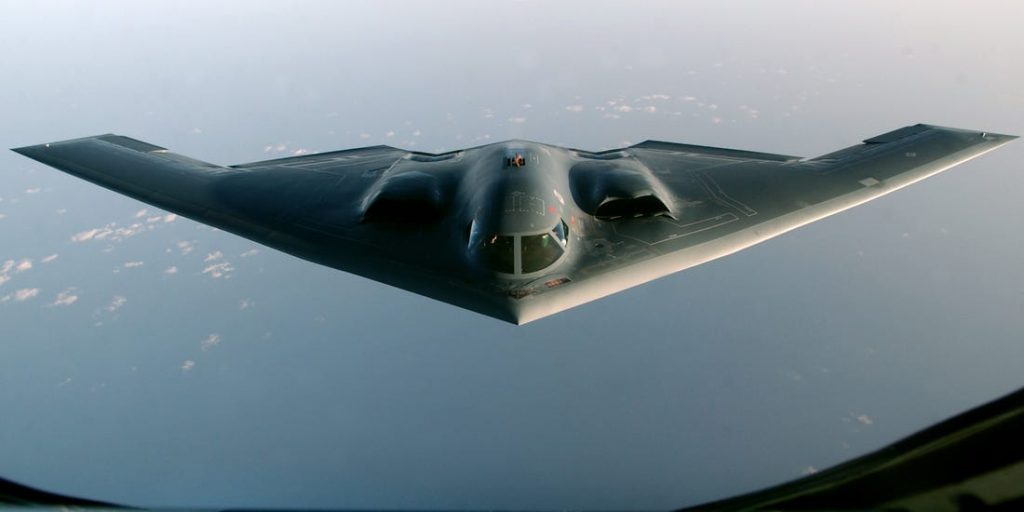
The B-2 bomber brings a revolutionary blend of low-observable technologies, large payload, and high aerodynamic efficiency into the battlefield. In light of Russia’s superior anti-air systems, the B-2 is designed for high survivability, with the ability to penetrate even the most sophisticated adversary defenses. Each plane can travel for 6,000 nautical miles needing to be refueled, and reach altitudes of nearly 50,000 feet. After recent upgrades, the B-2 can receive targeting information while in the air, which means it can drop up to 20 tons of conventional or nuclear weapons on high-value enemy assets. There are 20 of these powerful stealth bombers in the US military inventory.
3. Missile Defenses
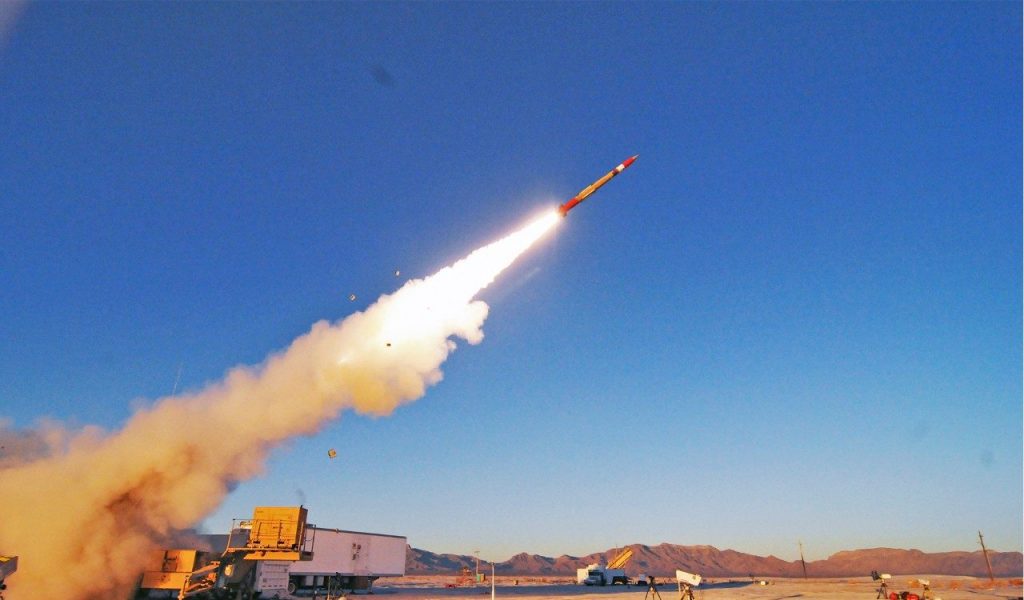
Although many would argue that Russia has better missile defenses, the United States has a competent missile defense strategy. As it is, this system cannot be counted to stop any missile that is directed at the country. But it offers a significant layer of defense that opponents cannot pretend to dismiss. America’s vibrant missile defense is composed of ground-based interceptor missiles, Aegis ship-based component, Terminal High-Altitude area defense, airborne systems, as well as short-range anti-ballistic missiles. Early 2019, president Donald Trump announced plans to expand the US missile defense system with the aim of destroying enemy missiles anywhere, and at any time.

